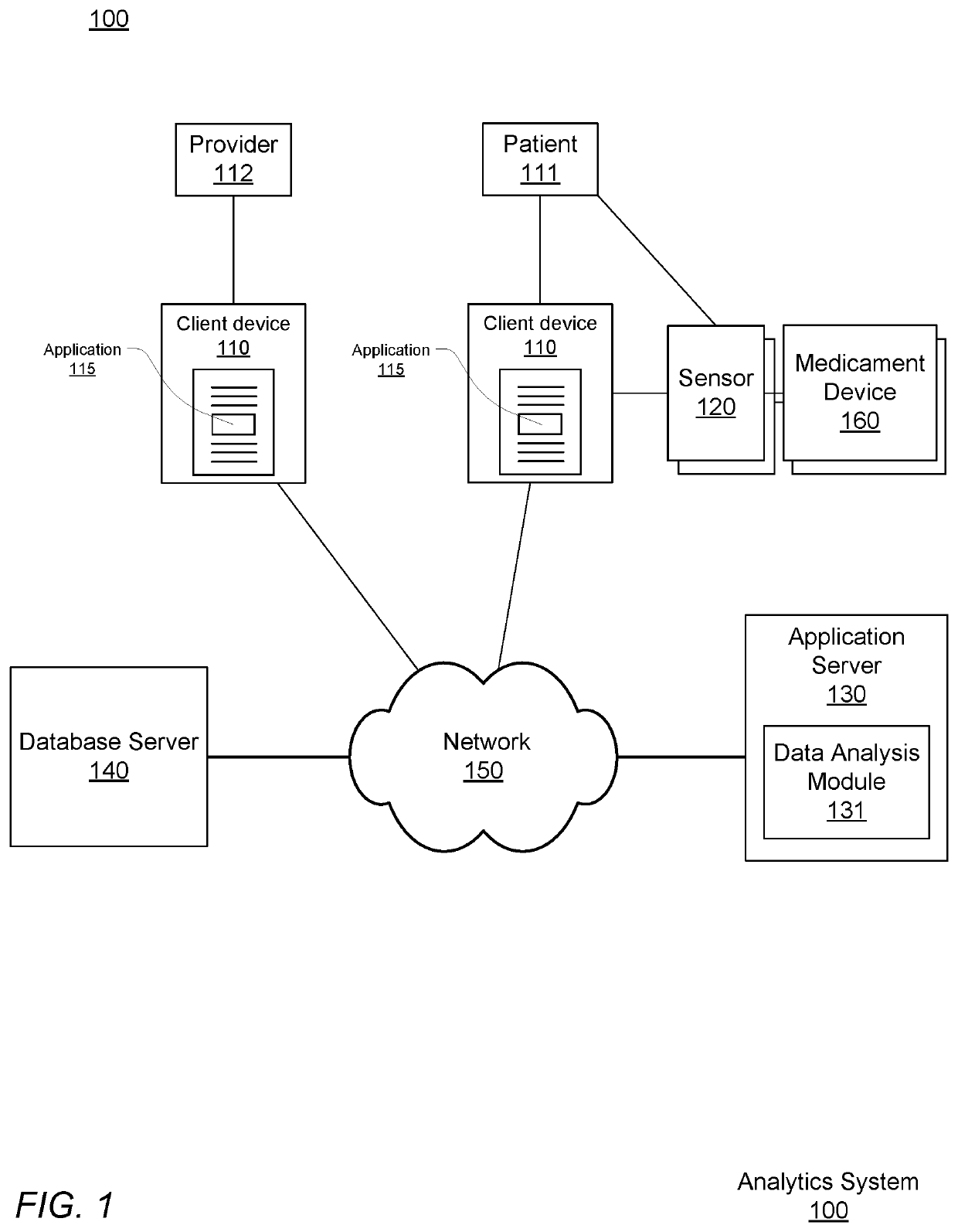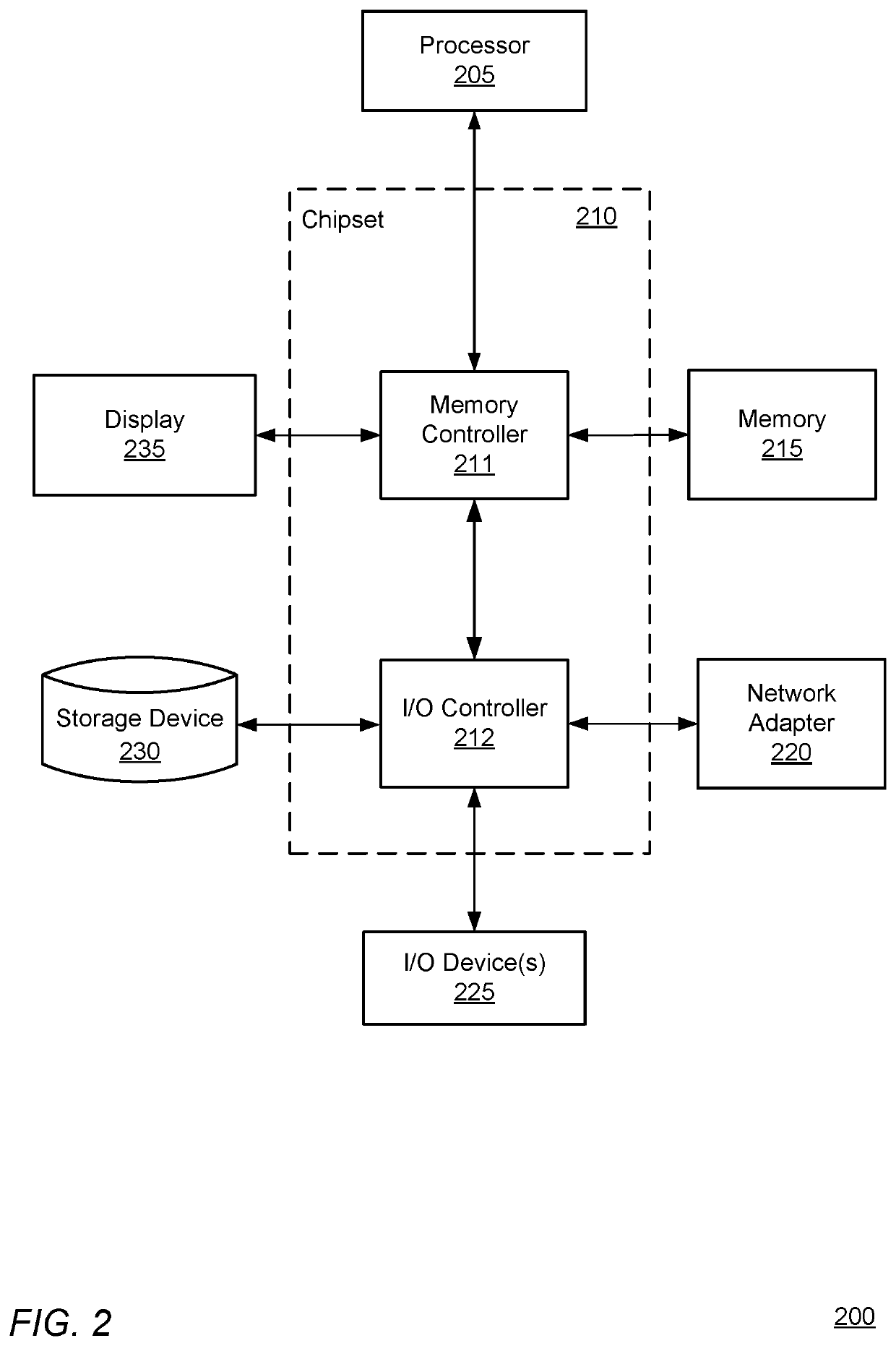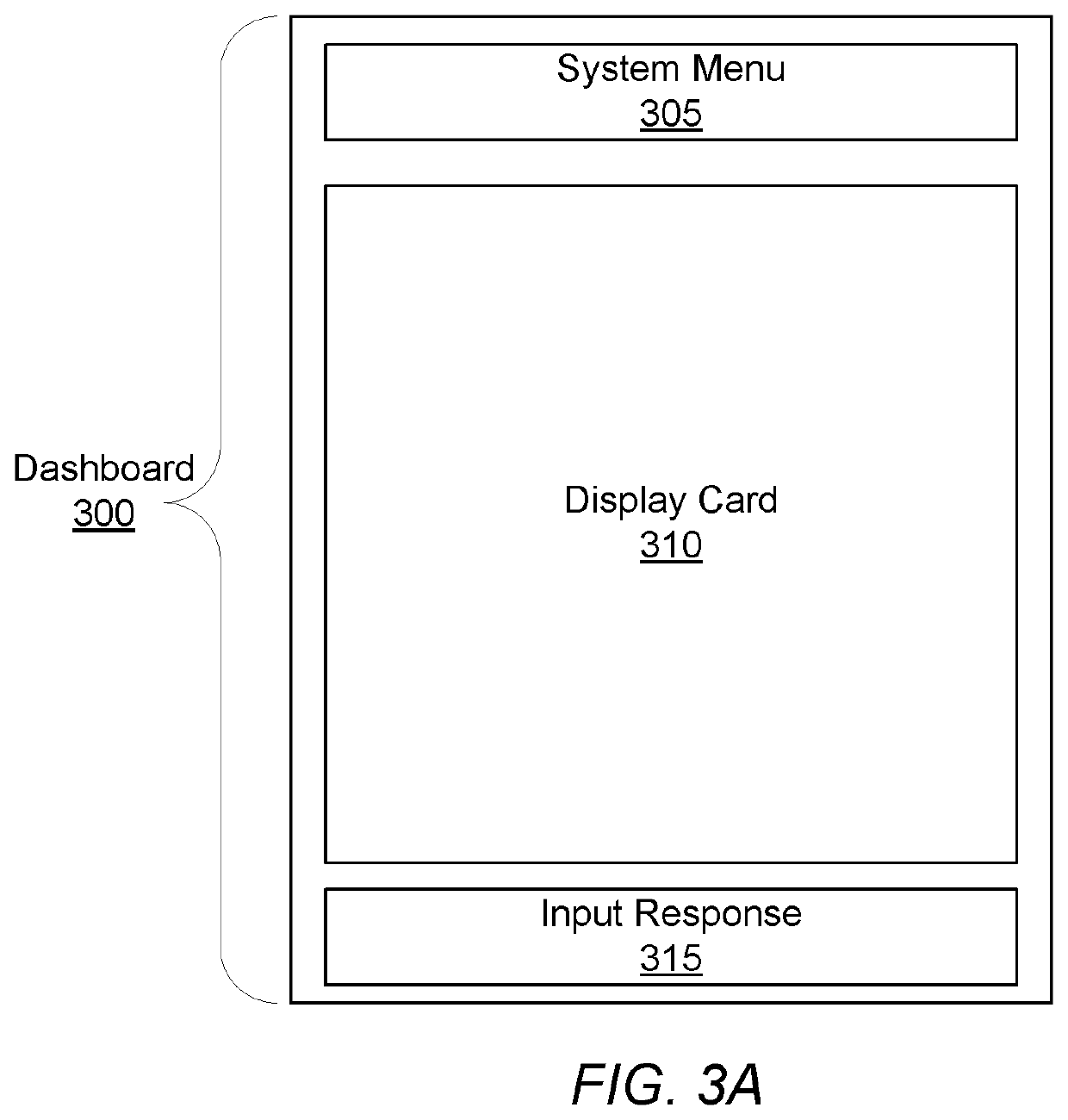Pre-emptive asthma risk notifications based on medicament device monitoring
a technology of asthma risk and medication device, applied in the field of asthma risk notification based on medicament device monitoring, can solve the problems of less available tools to assess the health of patients day-to-day, more than $82 billion per year in direct and indirect costs, and the risk remains a significant and costly public health problem, so as to facilitate the better management of asthma treatment and improve recognition. , the effect of reducing the risk
- Summary
- Abstract
- Description
- Claims
- Application Information
AI Technical Summary
Benefits of technology
Problems solved by technology
Method used
Image
Examples
example 1
V.A. Example 1
[0153]FIG. 7A characterizes the training data set, by indicating the percentage of days that were labeled as 1's and the percentage of days that labeled as 0's. Additionally, the graphs demonstrate the increase in the number of days categorized as high risk based on a baseline risk threshold that includes the 5% factor as discussed above versus a baseline risk threshold that does not. The dataset is represented per user (patient) per day, joining Propeller Health's™ patient inhaler data to air quality and weather data from the NOAA and EPA historical data sets ranging from Apr. 30, 2012 to Apr. 30, 2017. For users lacking location information, the discrepancies were filled using the most recently logged location during that 24 hour period. If no location was logged during that 24 hour period, the day's data was removed from the dataset. The total dataset comprised 5,309 users and 720,812 user days, of which 15% were categorized as high risk (or 1's). Low risk days are ...
example 2
V.B. Example 2
[0155]FIG. 7B describes the reasoning behind setting the baseline risk threshold as percentage (e.g., 5%) of the previous time period sum of rescue usage events. A previous model (herein referred to as “V1”) has categorized 26% of events as high risk (i.e., label “1”) provided the most optimal combination of AUC Scores, accuracy measurements, and sensitivity and specificity readings (Sample set was based on earlier data with 30,790 patient days of data). Other similar iterations of similar models also categorized 20% of greater of patient days as high risk. This was unrealistic relative to surveyed and separately identified measurements of what percentage of most patient's days are high risk. When designing the training data set for the XGBoost Example Model, the 5% threshold was found to better represent the conventionally determined rate of high risk days (less than 5%, as indicated by FIG. 7a). To train the XGBoost Example Model, a training data was built comprising...
example 3
V.C. Example 3
[0156]FIG. 7C illustrates the same performance metrics for the XGBoost Example Model.
[0157]The training and test data sets are the same data identified in FIG. 7A. These performance metrics suggest a decline in efficacy from the measurements of the V1 model, however the XGBoost Example Model addresses deficiencies of the V1 model. Part of the decrease in specificity can be attributed to a significantly larger amount of low risk days than high risk days. Only 15% of events of the test set of the XGBoost Example Model were high risk, compared to 85% of low risk events. Comparatively, the V1 test set was only 78% low risk events. Additionally, the XGBoost Example Model considers additional parameters in the performance of its risk analysis and risk categorization relative to the V1 model.
[0158]Additionally, the training data set is organized based on the geographical location of each rescue event included in the training data. Based on the recorded parameters for each res...
PUM
 Login to View More
Login to View More Abstract
Description
Claims
Application Information
 Login to View More
Login to View More - R&D
- Intellectual Property
- Life Sciences
- Materials
- Tech Scout
- Unparalleled Data Quality
- Higher Quality Content
- 60% Fewer Hallucinations
Browse by: Latest US Patents, China's latest patents, Technical Efficacy Thesaurus, Application Domain, Technology Topic, Popular Technical Reports.
© 2025 PatSnap. All rights reserved.Legal|Privacy policy|Modern Slavery Act Transparency Statement|Sitemap|About US| Contact US: help@patsnap.com



